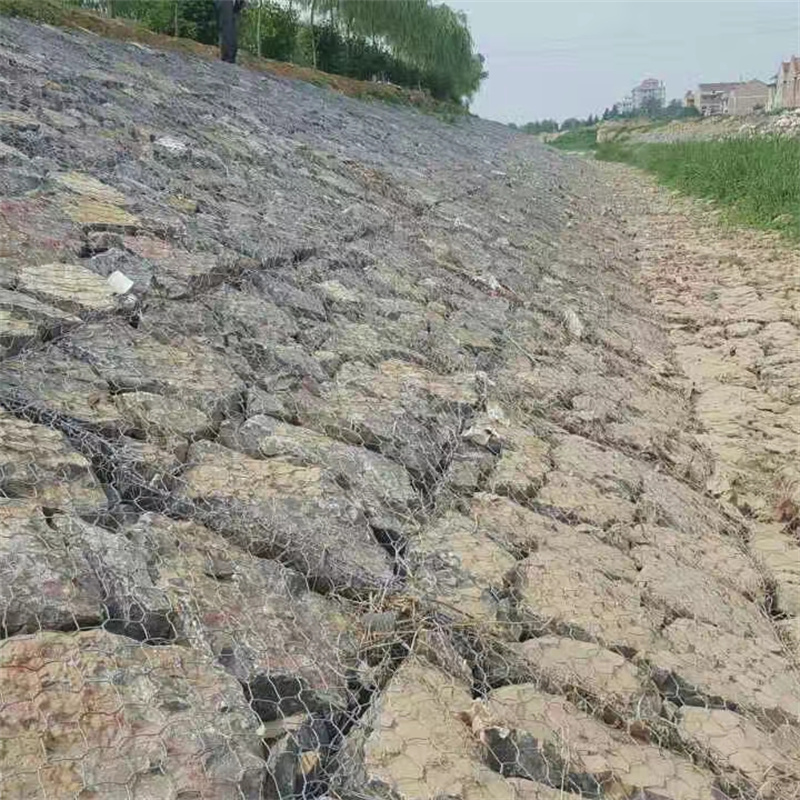Aug . 06, 2024 08:34 Back to list
Innovative Solutions for Garden Landscaping Using Gabion Rock Boxes for Sustainable Design
The Versatility and Sustainability of Gabion Rock Boxes
In modern construction and landscaping, the Gabion rock box has emerged as a popular solution for a variety of engineering challenges. These robust structures, traditionally made of wire mesh filled with stones, have been utilized for centuries in different cultures for their functional benefits. However, their recent resurgence in popularity is attributable to a growing emphasis on sustainability and aesthetic diversity in design.
What is a Gabion Rock Box?
A Gabion rock box is essentially a cage or basket made from hexagonal wire mesh, filled with stones or other materials. They can vary in size and shape, but they are typically rectangular or cubic, serving as versatile components in various applications. Initially, Gabions were used primarily for erosion control and riverbank stabilization. Over time, their applications expanded into landscaping, sound barriers, retaining walls, and even artistic constructs.
Environmental Benefits
One of the key advantages of Gabion rock boxes is their environmental sustainability. They allow for natural drainage, which minimizes erosion and runoff, thus supporting the local ecosystem. The gaps between the stones enable vegetation to grow, further enhancing biodiversity. Unlike conventional concrete structures, which can contribute to the urban heat island effect, Gabions help maintain local temperatures by allowing water to flow freely through their structure.
Additionally, Gabions can be constructed from recycled materials. The stones used for filling can be sourced from local quarries, construction sites, or even leftover materials from other projects, reducing the carbon footprint associated with transportation. Innovative designs incorporate eco-friendly wire mesh options, further emphasizing their role in environmental conservation.
Aesthetic Versatility
gabion rock box

Beyond their functionality, Gabion rock boxes offer remarkable aesthetic benefits. They can be integrated into various landscaping designs, offering a rugged yet sophisticated appearance. From modern urban gardens to rustic rural settings, Gabions can blend seamlessly with numerous styles. The natural textures and colors of stone complement the surrounding environment, making them an attractive option for architects and designers alike.
Moreover, Gabion rock boxes can be customized in various shapes and sizes. This flexibility allows for creative landscaping solutions, such as seating areas, flower beds, or decorative walls. Some projects even utilize Gabions for artistic purposes, creating striking sculptures or installations in public spaces. The possibilities are limited only by the designer’s imagination.
Structural Integrity and Functionality
In addition to their aesthetic and environmental benefits, Gabion rock boxes are highly functional. The distinctive properties of these structures provide excellent structural integrity and stability. They are particularly effective in managing soil erosion on slopes or hillsides. Their weight and mass help ensure that they remain in place against the forces of nature, making them reliable in flood-prone areas or locations susceptible to soil movement.
Furthermore, Gabions are cost-effective. They require minimal maintenance and can often be constructed quickly, reducing labor costs. This aspect is especially appealing for large-scale projects where budget and time efficiency are crucial.
Conclusion
In summary, Gabion rock boxes represent a unique convergence of functionality, sustainability, and aesthetic appeal. As the construction and landscaping industries continue to evolve, the demand for versatile solutions that are kind to the environment will only grow. Gabions, with their myriad benefits, stand out as a timeless choice, balancing structural integrity with natural beauty. Whether utilized in large civil engineering projects or small-scale landscaping designs, Gabions provide effective and sustainable solutions for the challenges of contemporary construction.
-
hesco-gabion-baskets-for-coastal-erosion-prevention
NewsAug.22,2025
-
longevity-and-durability-of-river-rock-gabion-walls
NewsAug.22,2025
-
how-to-integrate-gabion-3d-walls-in-urban-planning
NewsAug.22,2025
-
reno-mattress-gabion-applications-in-civil-engineering
NewsAug.22,2025
-
how-to-install-wire-mesh-for-gabion-baskets-properly
NewsAug.22,2025
-
best-materials-for-filling-a-chain-link-gabion
NewsAug.22,2025
-
Wire Mesh Thickness Impact on Gabion Wall Load Bearing
NewsAug.12,2025






